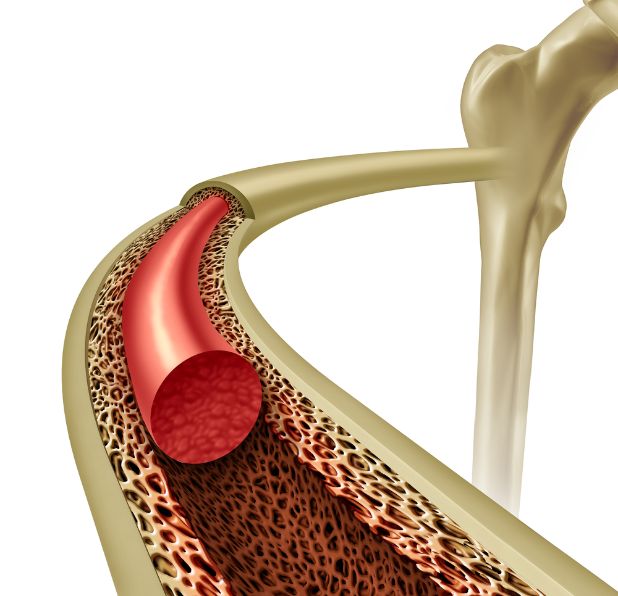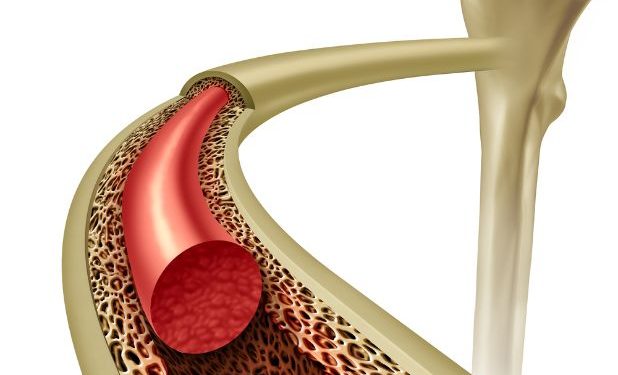Bone marrow transplant is an option for people with leukemia who have had their bone marrow destroyed by cancer treatment or high doses of radiation. Healthy blood-forming cells (stem cells) are given to replace the damaged marrow and produce new blood cells. A transplant may also help get rid of the remaining cancer cells. This type of transplant can cure many types of leukemia, but it’s a very serious procedure and has risks. Your doctor can tell you more about this treatment option.
Leukemia is a cancer that starts in the bone marrow and grows out of control. It can destroy the marrow and cause other organs to develop cancer. The most common type of leukemia is acute myeloid leukemia, or AML. AML starts in hematopoietic stem cells, which are the blood-forming cells that grow into different kinds of cells in the bone marrow and throughout the body. AML can affect the marrow and blood cells in the bone marrow, blood vessels, lungs, liver, and other organs.
A bone marrow transplant can restore the function of the marrow and blood vessels and provide a complete remission of the cancer in most patients. The transplant can also restore the patient’s ability to make healthy blood cells and fight infection. It is important to see a specialist who has experience in performing this type of transplant.

Before the bone marrow transplant, your doctor will give you chemotherapy to put your leukemia into remission and to kill any remaining cancer cells. This treatment is called induction therapy. This is followed by several courses of consolidation therapy to prevent the cancer from coming back (relapse). A bone marrow transplant can be done after induction and consolidation therapies or at any time during your treatment for leukemia.
The marrow for the transplant comes from your own bone marrow, or it can come from another person’s. The donor is matched to you by looking for certain antigens on the surface of white blood cells in your body. The more the donor matches you, the better the chance that the donated marrow will be accepted by your body and start to make healthy blood cells. Your doctor will explain the chances of a match and the results of testing.
If your doctor recommends a bone marrow transplant, you will be admitted to the hospital for several weeks to months. During this time, you will be monitored carefully for complications such as infection and organ failure. You will need a catheter, or tube, placed in your vein to receive blood products and medicine during the transplant.









